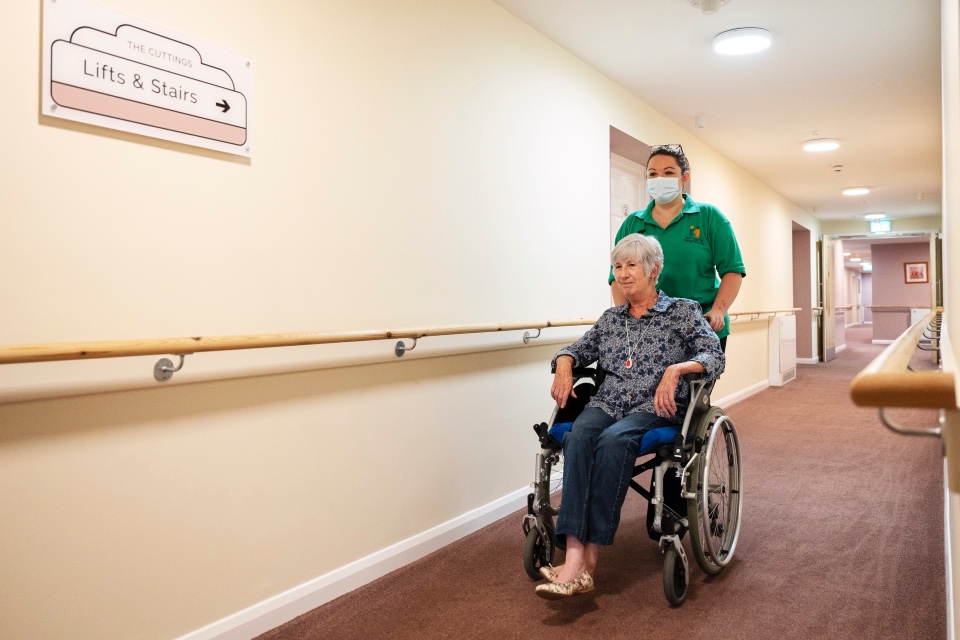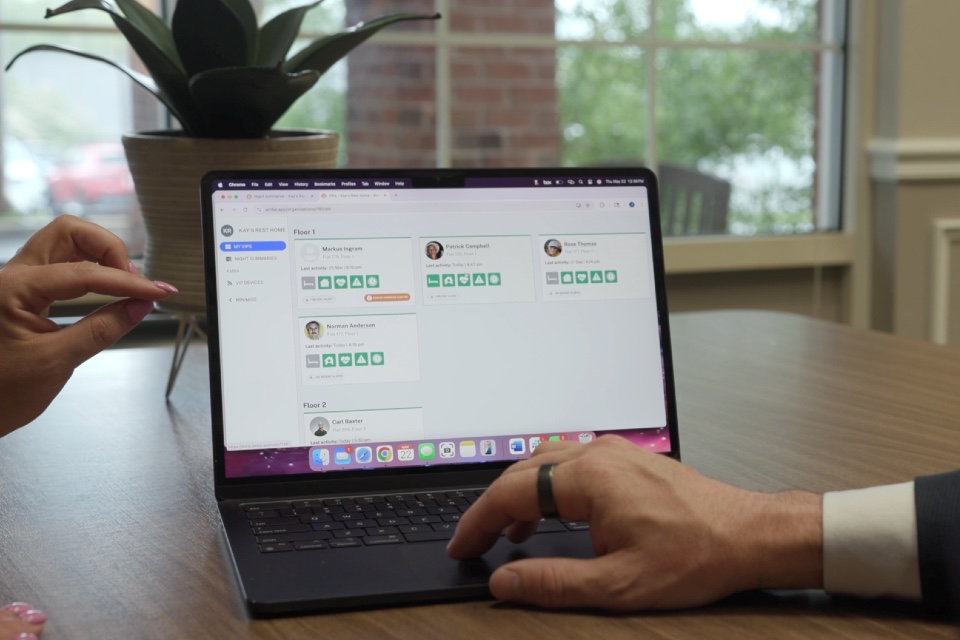This is possibly the most challenging period in the history of the NHS. The Covid-19 pandemic has stretched healthcare systems to breaking point and the impacts are still being felt, with six million people currently waiting for non urgent surgery and hospital treatment1.
However, it has also accelerated change and innovation and brought into sharp focus the importance of live data and a greater requirement for the consolidation of information and insight.
Re-designing the way data is collected, stored, processed and understood in the health and social care sectors is now an urgent priority. Furthermore, wider digital transformation and the application of data analytics is now seen as vital to the smarter management of operations, allocation of resources, collaboration across teams and services, and ultimately better delivery of care.
Gavin Bashar, UK & Ireland Managing Director at Tunstall Healthcare, discusses the digital innovations that are currently taking place within health and social care provision, and how this will prepare us for future health crises and safeguard our services for the future…
Digital transformation
A health and care system fit for the 21st century must have digital innovation at its core. The digitisation of care offers incredible opportunities for the health and wellbeing of our population, and for citizen’s’ outcomes to be dramatically improved.
Developments in the provision, scale and quality of digital technology and medical devices in health and social care will lead to improvements in how the system collaborates with key partners such as the NHS, housing providers, commissioners in local authorities, advocacy groups and other key stakeholders. Investment in digital transformation and the integration of technology has a multiplier effect in terms of increasing efficiencies such as reducing pressure on care staff, whilst improving the overall effectiveness of the care system as a whole.
The benefits of digital innovation
Existing solutions already have an array of benefits which continue to be demonstrated. For example, Remote Patient Monitoring (RPM) enables early intervention which can avoid the need for more complex care for people living with chronic conditions, such as hospitalisation and ambulance call outs. Such technology is scalable, cost-effective and helps individuals to remain independent for longer, as well as care to be person-centred rather than place-based.
The latest cutting-edge data driven technology is able to respond to incidents and predict illnesses, while also preventing them from happening in the first place. Data can be taken from multiple sources, including motion sensors, smartphones, wearables and recordings, to provide a clear picture of the risks someone faces and alert their caregivers to respond if necessary.
These new approaches can also improve the quality of life for the people using them, as we continue to see innovation within medical devices and new technology. A reduction in the need to travel to appointments with clinicians or carers, real time data provision, and a reduction in hospitalisation will all improve the outcomes for users, reduce costs, and enable more effective care provision. These benefits are only a hint of how health, housing and social care can be streamlined and safeguarded if innovation and technology is placed at the heart of Government plans.
Proactive and preventative measures
Investment in technology and collaboration between services is particularly important to ensure we’re able to mitigate the effects of a future health crisis, and are able to effectively meet the challenges that continue to arise including delivering care for chronic conditions, staff burnout, and the emotional impact on vulnerable people and their loved ones. The more prepared our services are, the better care is provided which keeps people healthier for longer, meaning they will be better protected should another health crisis occur.
Over the next few years we’ll see the UK’s communications infrastructure move from analogue to digital. Not only will this provide the UK with a faster, more reliable network, but it will also have more capacity for enabling the wider adoption of new models of healthcare which embed TECS and RPM in healthcare services.
Proactive and preventative technology can help us look to the decades ahead with confidence and safeguard our services for the future. Investing in technology will enable us to fulfil the aims of the NHS, become better prepared for a health crisis and enable healthcare to become more community-based.






